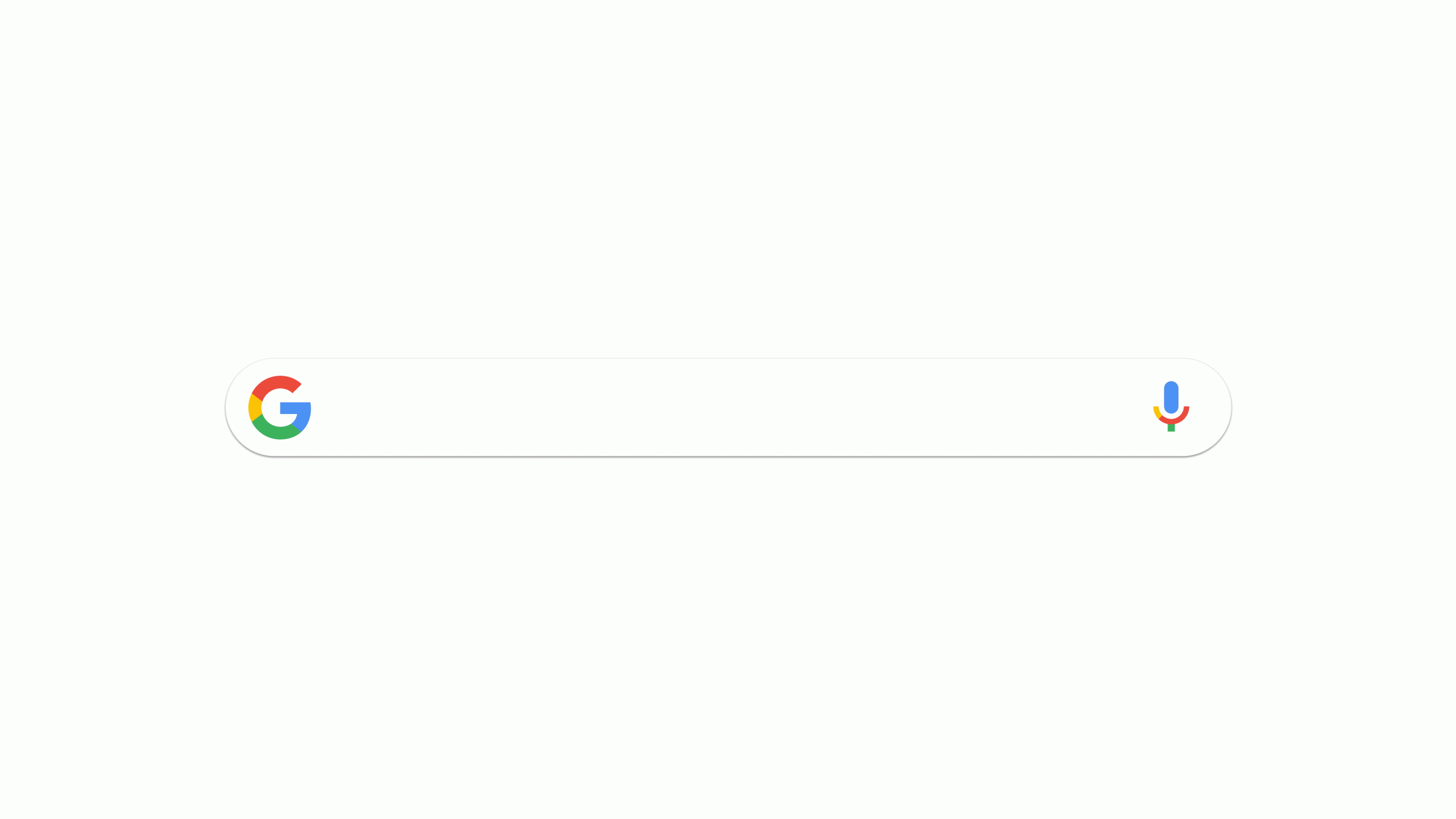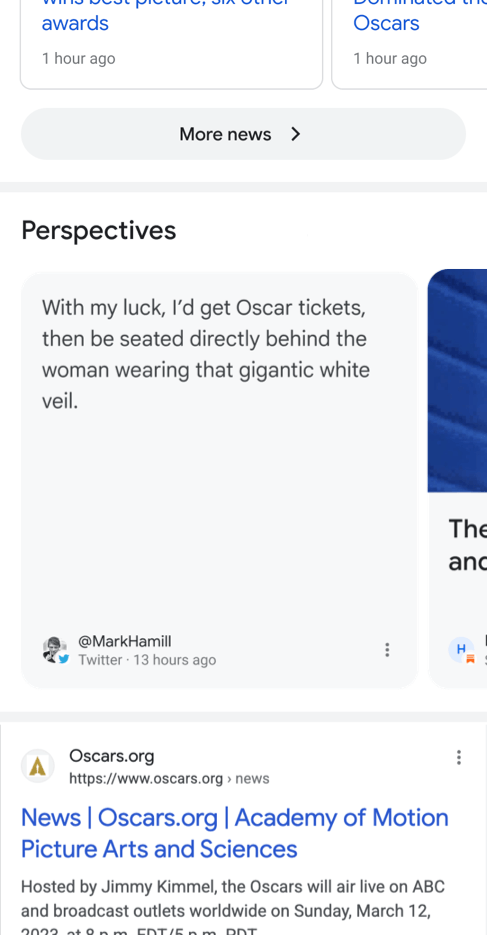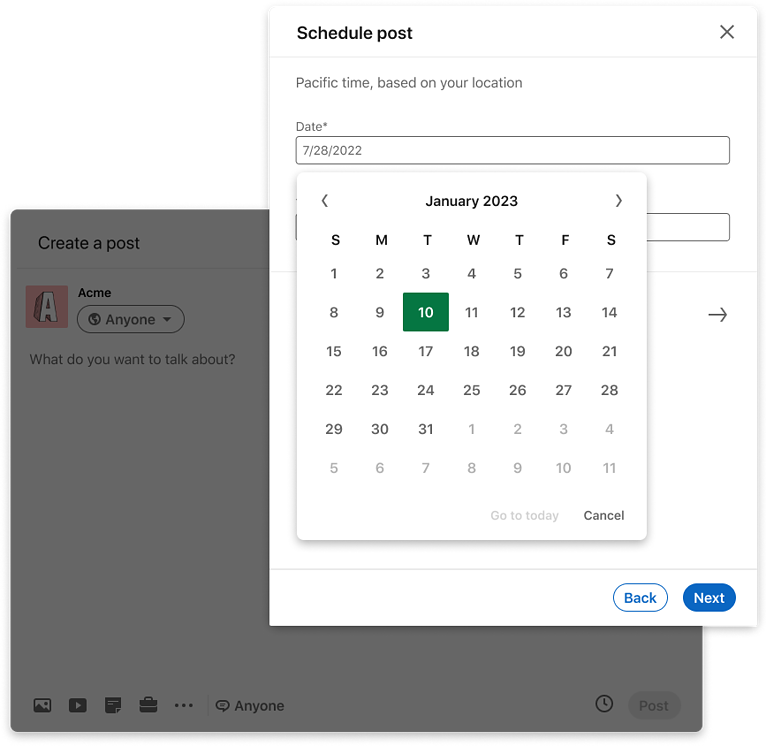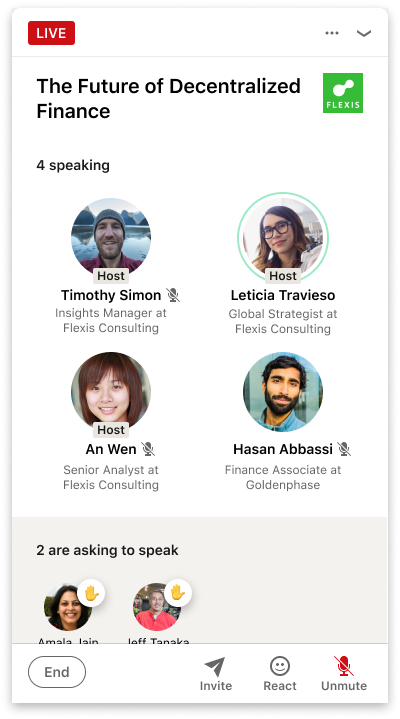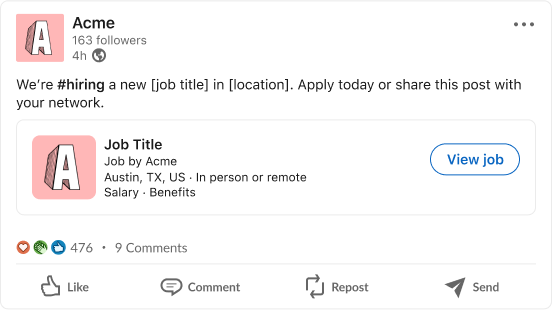Google released its annual Ads Safety Report this week, highlighting the company’s efforts to guarantee advertising on its platforms is safe and trusted.
Along with suspending more than 6.7 million spammy ad accounts over the last year, the report details how Google is fighting fraud, preventing potentially harmful ads from running, and protecting user privacy.
Using machine learning algorithms, Google is able to identify suspicious activity and patterns faster than ever and quickly remove fraudulent or harmful ads.
This has contributed to a huge improvement in Google’s abilities to detect spam and harmful activity at scale, leading to over 2 billion more ads being blocked in 2022 compared to the previous year.
At the same time Google released the report, the company also announced it is launching an Ads Transparency Center to help users better understand the ads they are seeing and who is paying to display them.
Highlights From The 2022 Google Ads Safety Report
The full Ads Safety Report includes a lot of details about how Google detects and removes malicious or spammy ads, but these were the details we think are most important for you to know:
- Google blocked over 5.2 billion ads for policy violations
- Ad restrictions were down by over a billion annually in 2022
- Over 6.7 million advertiser accounts were suspended for “egregious” policy violations
- The number of ads removed from web pages stayed largely stable compared to the previous year
What Is The Ads Transparency Center?
In response to the leap in blocked ads and suspended ad accounts, Google decided to create the Ads Transparency Center – a central knowledge hub containing information about verified advertisers and ads.
Here you’ll be able to find detailed information about the ads a specific advertiser has run, what ads are being shown in a specific area, and more about ads appearing on the platform.
Users can also access My Ad Center here, which gives them the ability to like, block, or report potentially problematic ads.
For more about Google’s attempts to keep the ads on its platform safe for users, check out the full 2022 Ads Safety Report here or the Ads Transparency Center announcement here.


